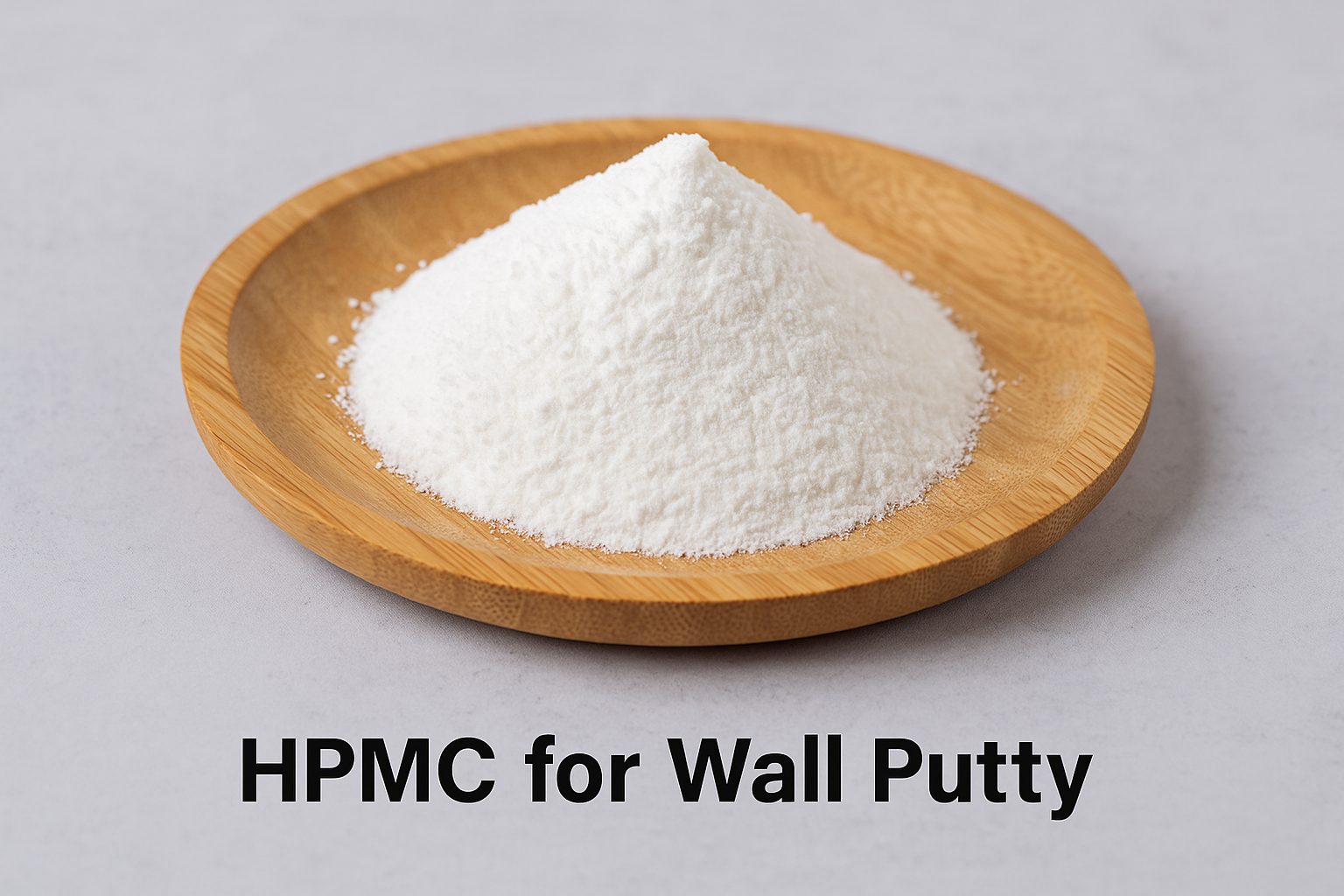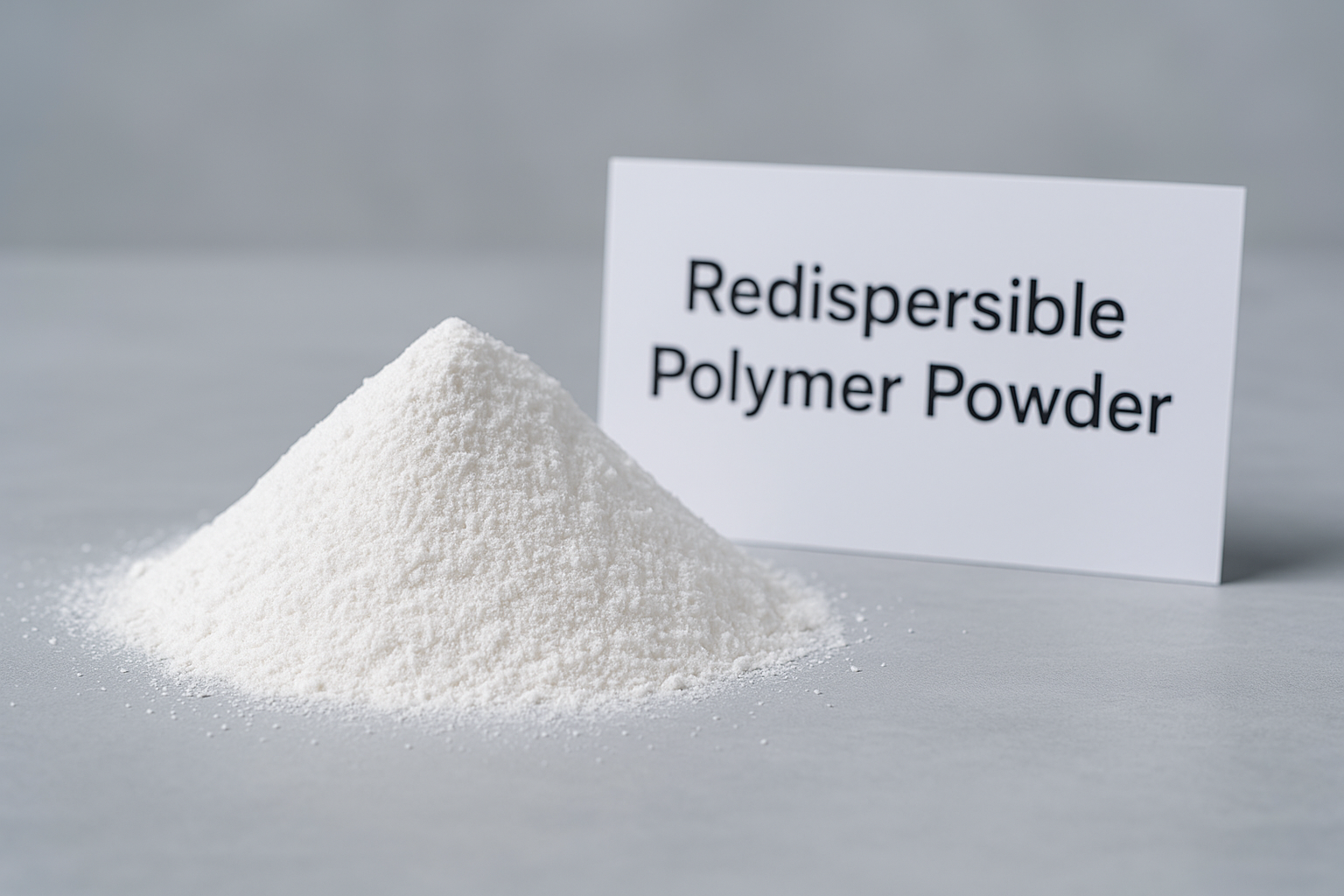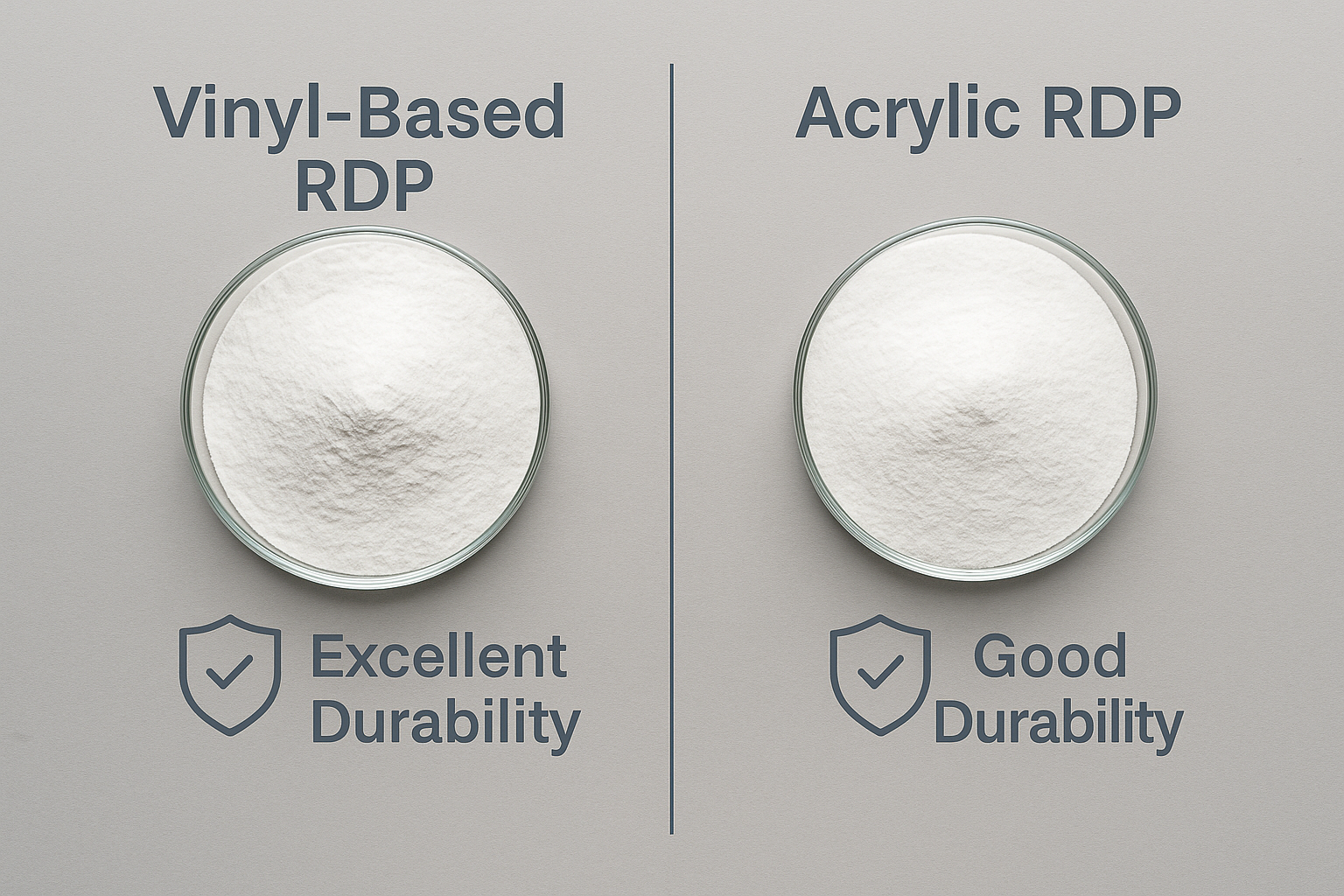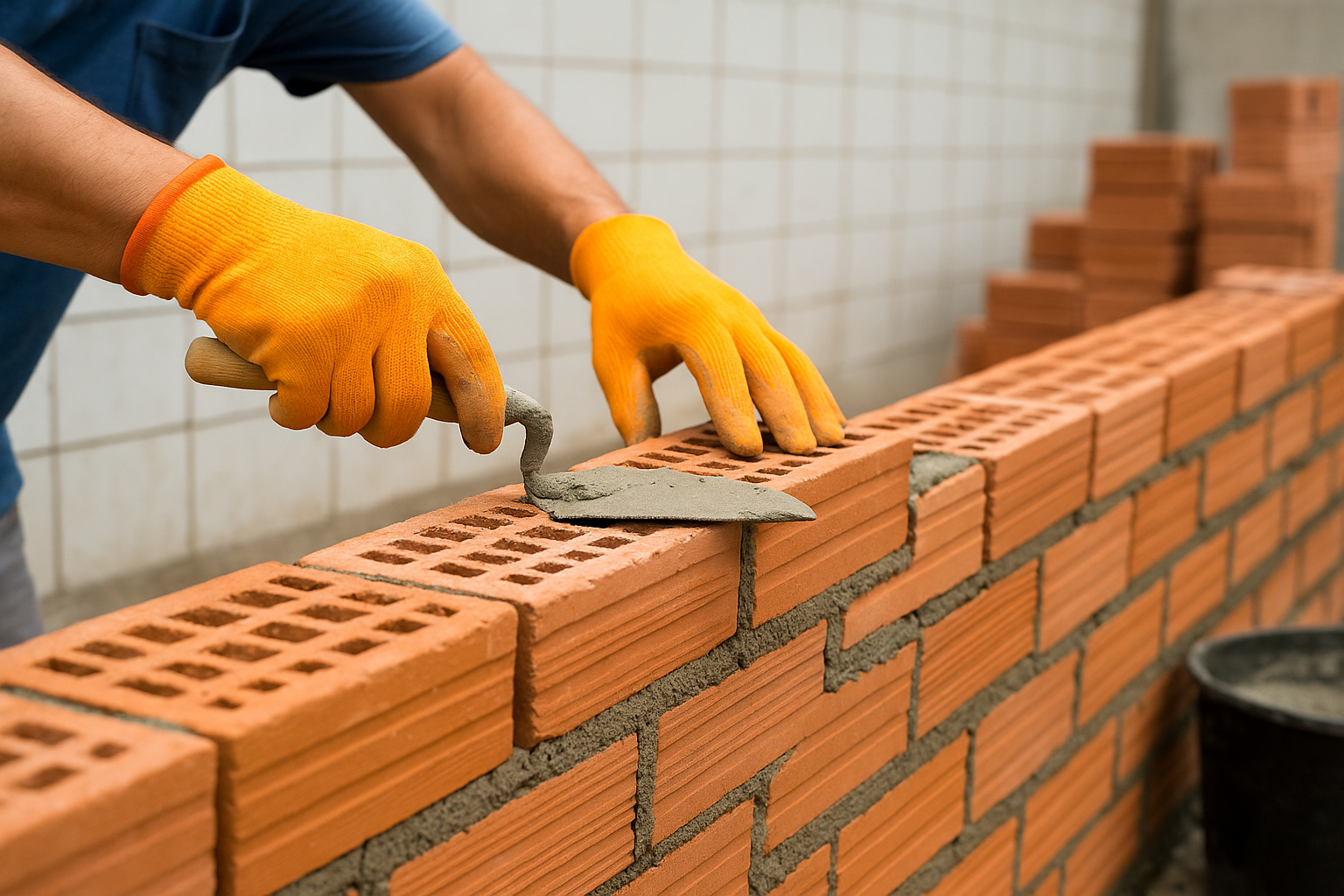Wall putty failing prematurely? Cracks appearing after just months? The wrong HPMC viscosity1 in your formula could be sabotaging your product quality and damaging your reputation with customers.
HPMC serves as the "soul ingredient" in flexible putty formulations by functioning as both a water reservoir and lubricant. It retains moisture during application, preventing substrate absorption and allowing sufficient film formation time for redispersible powders, resulting in the flexible, crack-resistant film that quality putty requires.
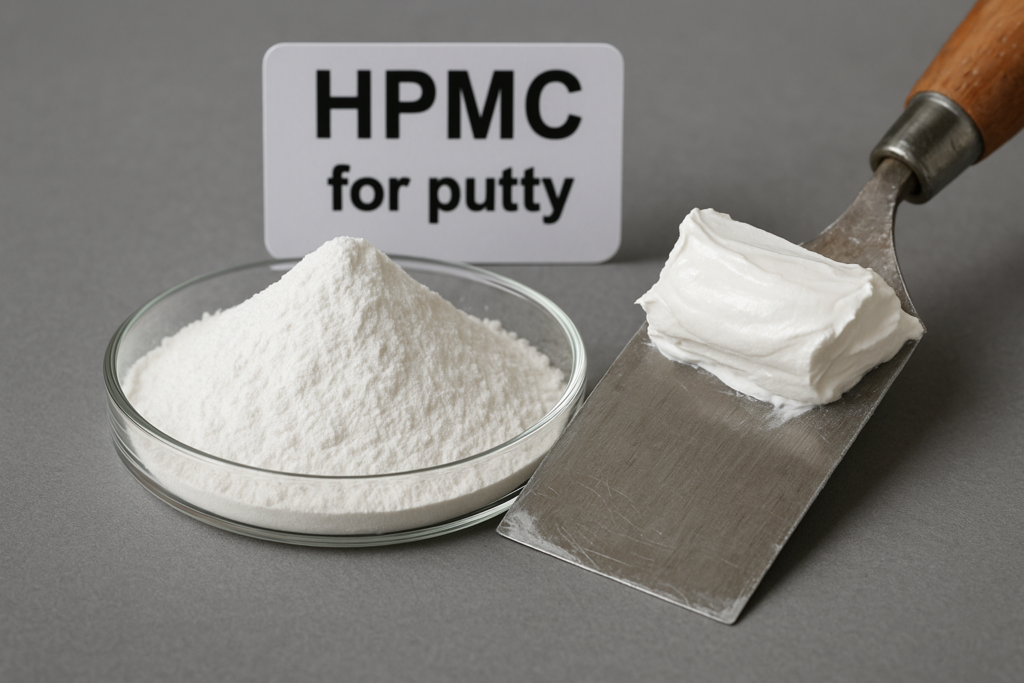
At Kehao, I've spent years helping customers optimize their putty formulations. Time and again, I've seen how the right HPMC viscosity grade can transform an average product into an exceptional one. Let me share what I've learned about selecting the perfect HPMC for your flexible putty needs.
What Are the Grades of HPMC Viscosity?
Confused by all the HPMC viscosity options? Your putty performance depends on choosing correctly, yet many manufacturers select grades based on price alone, resulting in poor workability and premature product failure.
HPMC viscosity grades2 typically range from 5 to 200,000 cps (centipoise), with common classifications being low (5-10,000 cps), medium (10,000-75,000 cps), and high (75,000-200,000 cps). Each grade serves different functions in construction materials, with putty formulations typically requiring medium to high viscosity grades.
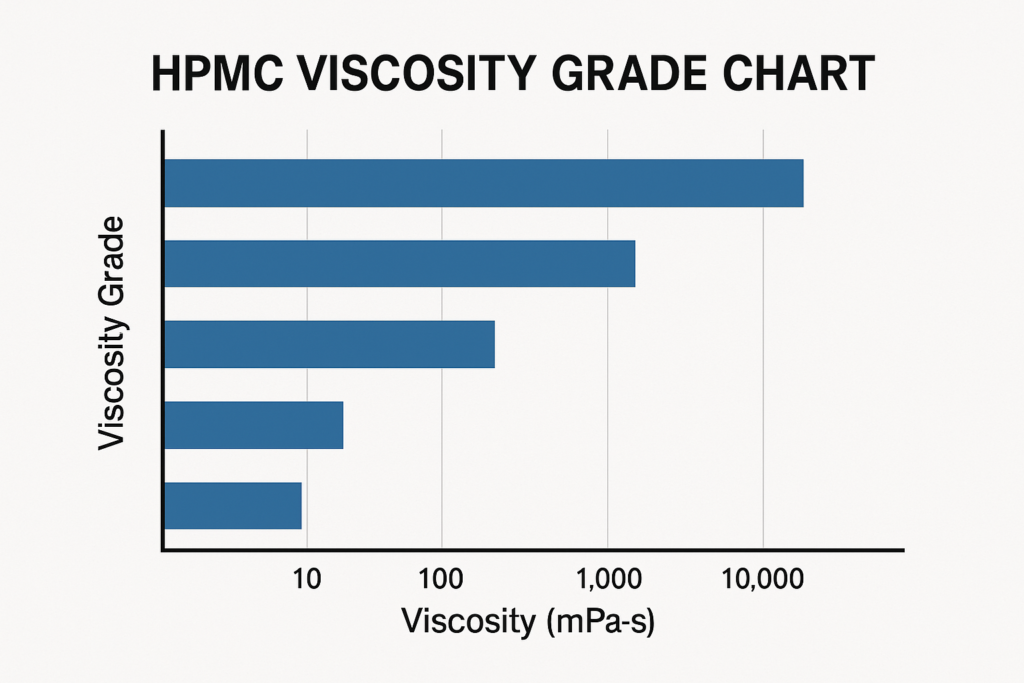
The viscosity of HPMC is determined during the manufacturing process by controlling the degree of substitution and molecular weight. This property is crucial because it directly impacts how your putty will behave during application and curing.
HPMC Viscosity Classification Table
| Viscosity Range (cps) | Classification | Typical Applications |
|---|---|---|
| 5-10,000 | Low Viscosity | Cement-based tile adhesives, self-leveling compounds |
| 10,000-75,000 | Medium Viscosity | General purpose mortars, rendering materials |
| 75,000-200,000 | High Viscosity | Putties, thick plasters, jointing compounds |
I remember visiting a customer in Saudi Arabia who was using a 15,000 cps HPMC in his putty formula because it was cheaper. His workers were constantly complaining about the putty "sliding down the wall," and callbacks for repairs were eating into his profits. After switching to our 100,000 cps grade, both problems disappeared almost overnight.
What Is the Viscosity of Wall Putty?
Are you struggling with wall putty that either slides down vertical surfaces or is too stiff to apply smoothly? Getting the viscosity right is a constant challenge that affects both application quality and the final performance.
Optimal wall putty typically requires HPMC with viscosity between 80,000 to 100,000 cps. This "golden rule" range provides the perfect balance of water retention, sag resistance, and workability that professional applicators demand for smooth, efficient application and proper curing.
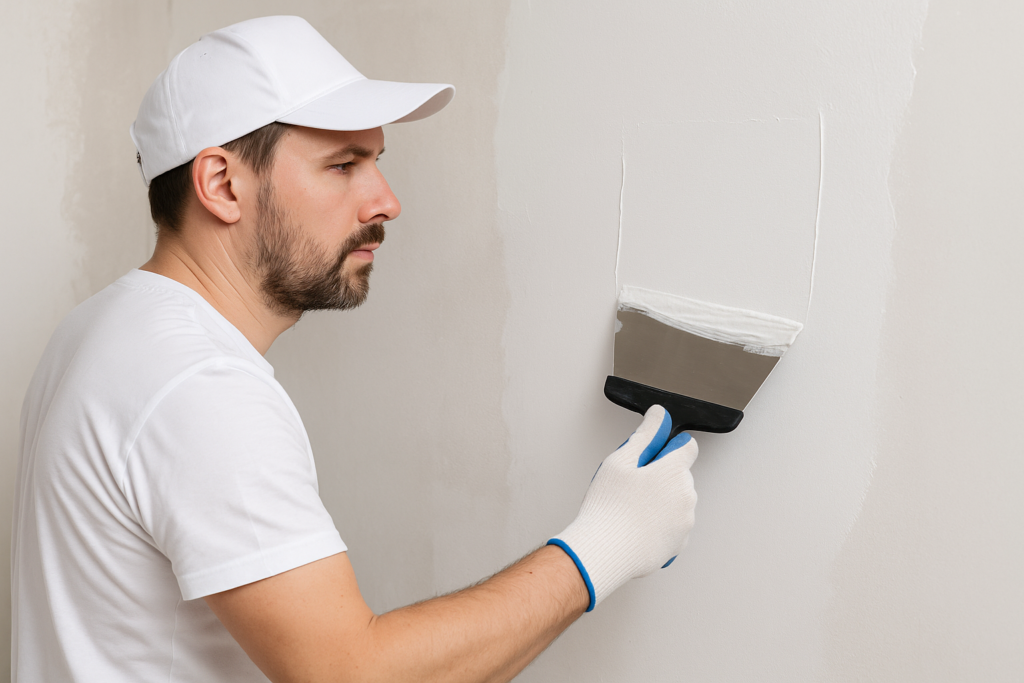
The viscosity requirements for wall putty are not arbitrary but based on practical field performance. During my visits to construction sites across developing markets, I've observed firsthand how putty viscosity affects real-world application.
When putty contains HPMC with too low viscosity (below 80,000 cps), it struggles to hold water, leading to premature drying and poor workability. The material can sag on vertical surfaces, creating an uneven finish that requires additional coats and labor. Conversely, excessive viscosity (above 100,000 cps) makes the putty too stiff and sticky, requiring considerable physical effort to apply and resulting in poor spreadability.
The climate conditions in your target market should also influence your viscosity selection. For example, in hot, dry regions like the Middle East, you might lean toward the higher end of the recommended range (closer to 100,000 cps) to counter rapid moisture loss. In more humid environments, a slightly lower viscosity might be preferable.
What Is the Difference Between High Viscosity and Low Viscosity Glue?
Using the wrong viscosity HPMC can lead to wasted material, difficult application, and poor final results. Many formulators don't understand the critical trade-offs between high and low viscosity options.
Low viscosity HPMC (5,000-40,000 cps) offers better mixability and pumping properties but reduced water retention and sag resistance. High viscosity HPMC (80,000-150,000 cps) provides superior water retention and anti-sagging properties essential for putty, though requires more effort to mix and apply.
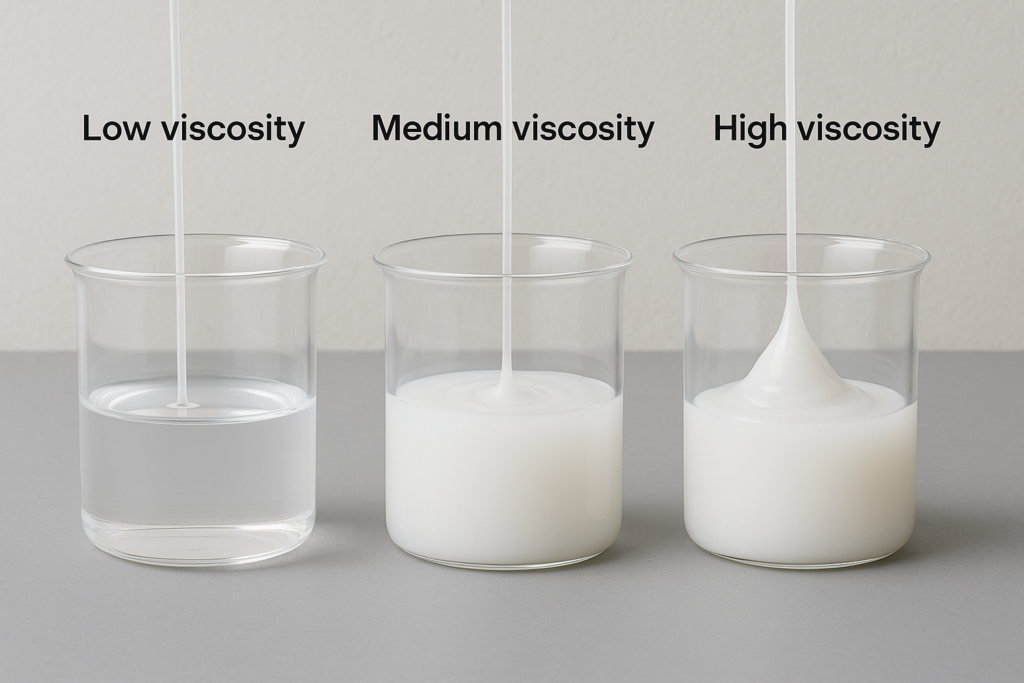
The choice between high and low viscosity HPMC extends beyond just how thick the material feels. Each option fundamentally changes how your putty performs throughout its lifecycle.
Performance Comparison: High vs. Low Viscosity HPMC in Putty
| Performance Factor | Low Viscosity HPMC | High Viscosity HPMC |
|---|---|---|
| Water Retention | Moderate to Poor | Excellent |
| Sag Resistance | Poor | Excellent |
| Workability | Flows easily but may be too runny | Thicker consistency, stable on surfaces |
| Mixing Ease | Easy to incorporate | Requires more energy/time to mix |
| Open Time | Shorter | Longer |
| Film Formation Quality | Potentially incomplete | More complete, stronger |
At Kehao, we've conducted extensive lab testing that shows how high viscosity HPMC creates a more structured network within the putty matrix. This network acts as a temporary scaffold that holds water molecules in place until the redispersible powder has fully formed its film. Without sufficient viscosity, water migration occurs too rapidly, particularly on porous substrates like cement board or old plaster.
I recently consulted with a major putty manufacturer in India who was experiencing quality inconsistencies across different job sites. Their formula used a 50,000 cps HPMC, which performed adequately in moderate conditions but failed in hot weather applications. By adjusting to our 90,000 cps product, they achieved consistent performance across all environmental conditions.
Conclusion
Selecting the right HPMC viscosity1 (80,000-100,000 cps) for flexible putty is crucial for balancing water retention, workability, and film formation. This seemingly small detail makes the difference between a professionally performing product and one that fails prematurely.

